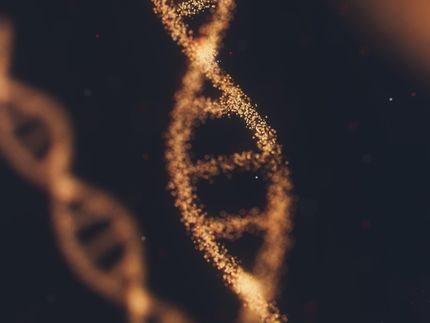Maize gene map aids breeding efforts
New map of variation in maize genetics holds promise for developing new varieties
A new study of maize has identified thousands of diverse genes in genetically inaccessible portions of the genome. New techniques may allow breeders and researchers to use this genetic variation to identify desirable traits and create new varieties that were not easily possible before.
Publishing in Science, the researchers, whose senior and first author are at Cornell, have identified the first map of haplotypes - sets of closely linked gene variants known as alleles - in the maize genome. They have identified and mapped several million allele variants among 27 diverse inbred maize lines. The lines selected for study included a cross-section of maize types commonly used for breeding while also representing worldwide maize diversity.
The haplotype map "will help develop molecular markers and tools that breeders and geneticists around the world can use to study maize and improve maize varieties," said Ed Buckler, the paper's senior author, a USDA-ARS research geneticist in Cornell's Institute for Genomic Diversity and an adjunct professor of plant breeding and genetics. Michael Gore, a graduate student in Buckler's lab, is the paper's lead author. The other co-authors are affiliated with the U.S. Department of Agriculture's Agricultural Research Service (USDA-ARS), Cold Spring Harbor Laboratory and University of California-Davis.
In the last century, maize breeders have found limitations in recombination, where large regions genetic material fail to recombine near the chromosome's center, called the centromere. To overcome this, breeders have crossed two complementary lines, resulting in a new line with higher yields and vigor.
However, because large regions of the maize chromosome are less accessible, breeders cannot arrive at optimal genetic combinations. The study has revealed a great deal of genetic variation near the chromosomes' centromeres, which resist recombining. Now, breeders can use molecular markers to identify desirable genetic variants and new genetic technologies to move the desired variation onto the same chromosomes and create new, more productive lines with desired traits.
The study revealed more than 100 large regions (selective sweeps) on the genome where breeders selected for a gene during domestication. In doing so, genetic diversity was lost around those genes.
The study also identified regions of genes shared by all maize species as well as regions that are different based on the geographic adaptations of lines of plants. For example, the study identified almost 200 highly differentiated regions that result from adaptations in tropical and temperate maize.
Most read news
Organizations

Get the analytics and lab tech industry in your inbox
By submitting this form you agree that LUMITOS AG will send you the newsletter(s) selected above by email. Your data will not be passed on to third parties. Your data will be stored and processed in accordance with our data protection regulations. LUMITOS may contact you by email for the purpose of advertising or market and opinion surveys. You can revoke your consent at any time without giving reasons to LUMITOS AG, Ernst-Augustin-Str. 2, 12489 Berlin, Germany or by e-mail at revoke@lumitos.com with effect for the future. In addition, each email contains a link to unsubscribe from the corresponding newsletter.























































